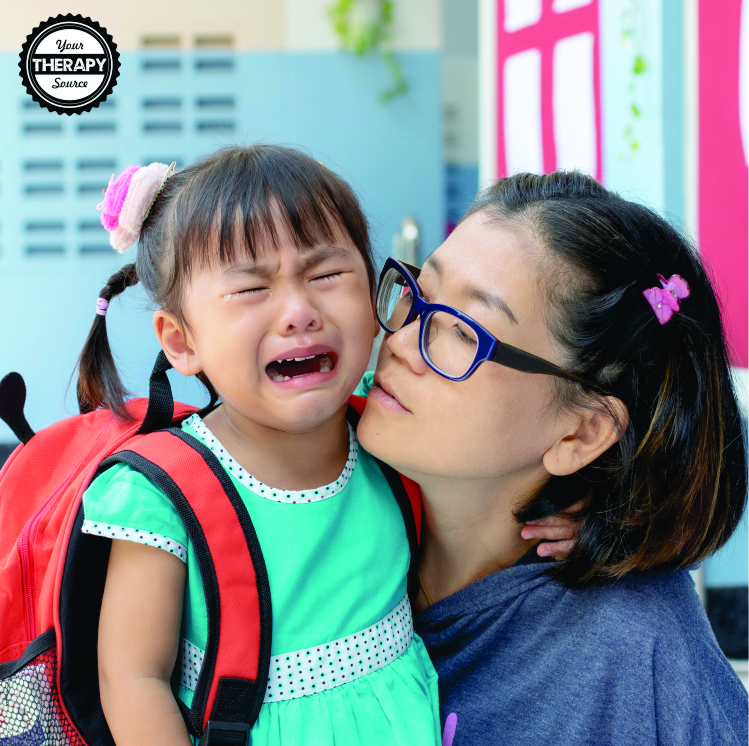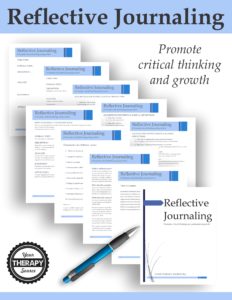Emotional Regulation for Adults
Teaching self regulation skills to children at home and school is critical for overall development. These are skills that require explicit instruction and practice. Mindfulness and self-regulation are like motor skills. It takes lots of practice to embody them, especially in a world so high speed and dysregulated. So, the more kids play and experiment with these activities, one of which is using our imaginations to become “rainbows” or “mountains”, the better able they are to move into that state of being when stressed or wanting to do their best. It’s like mastering anything. When it comes to emotional regulation for adults, it is no different. We must work on mastering it daily.

Using Imagery to Learn to Help with Emotional Regulation for Adults
Just like we use imagery when working with children, the same use of imagery can work for you.
Try it out – imagine being a mountain or a rainbow and notice how it makes you feel inside. How does it shift your mind-body state? If you feel more present, open, relaxed, etc., then let it become your mindfulness practice throughout the day. As you cultivate this nature and imagination inspired “state”, you will also be strengthening your self-awareness, presence, and ability to sustain a positive inner state.
Simple Tools to Try
What tools do you use to maintain healthy emotional regulation for adults? The simple tools outlined below are other options you can try as you find ways to better self-care. They can help you both better manage the everyday stresses of your daily life and to enrich your ability to embody more presence, compassion, and resilience.
When you are pro-active in mindfully self-regulating throughout the day, instead of managing stress, you are enhancing your coherence, positivity, and efficacy. In other words, you feel really good to be around. Others feel seen and heard by you. You have access to your heart intelligence and playful creativity.
You can use any or all of these techniques anywhere, anytime, even while performing a task or interacting with others. Play with them as you drive, do dishes, teach, or participate in meetings. See which ones work for you. Then, set an intention to practice building your ability to be present in your body and in your awareness. You’ll be making new space for the less reactive, more fluid, integrated YOU.
10 Emotional Regulation Activities for Adults (and Kids!)
- Feel your feet or sit bones – release your weight down into whatever supports you
- Slow down your inner speed – notice how speedy you are inside and consciously slow it down
- Send your energy into the earth – imagine you are a mountain or a tree – the earth holds you
- Soften your eyes and imagine your eyes and forehead widen apart
- Soften your midbrain and allow the back of your tongue and head to get heavier
- Imagine being a rainbow
- Notice the sensations in your body – name them in a neutral way and be curious – rather than pathologize or make wrong what is happening. Example: I notice that there’s a tightening in my chest that is more in the front than the back, rather than, I’m anxious. Then notice as you meet yourself in a neutral, grounded, spacious way, the sensations will move, dissipate, or even complete.
- Notice how your being slowed down and mindful impacts others way of being and behavior.
- Appreciate yourself. Appreciate others.
- Show gratitude to all those that support and sustain you.
Remember to practice to live in the present moment. Are you familiar with the 5 senses grounding exercise to help with emotional regulation and anxiety? This 5 senses grounding technique PDF is a variation for children (but adults can benefit too!) that can be downloaded for FREE here.
Three Step Routine to Practice Emotional Regulation Skills for Adults
Try practicing this three step routine:
- Pause – when you feel your emotions escalating take a moment to pause. Practice deep breathing just like we teach our students and children.
- Reflect – How am I handling this situation? How can I react in a calm manner? How can I respond differently the next time?
- Self-Care – All day long you are expected to manage your own needs and help with other people’s (mostly children) emotions and actions. By the end of the day, we can feel physically exhausted, mentally drained and emotionally worn out. We all get so wrapped up in school tasks that we tend to forget about our own well being. You may need to focus on strategies for self-care for yourself to re-energize yourself.
Using a self-reflection journal helps you analyze your professional and personal growth. By keeping a record of your ideas, reasons, actions, techniques, and assessments you can plan for your future and facilitate a positive outcome.

Anyone can benefit from reflective journaling. Professionals can use critical thinking to improve their decision-making skills. Parents as primary teachers of children can reflect on how to foster independence and growth in themselves and their children. Students can problem solve assignments to improve academic growth.
Once you have determined what works best for you, move forward to use those techniques more often in stressful situations in order to help you maintain your physical and emotional well-being.


